Subscribe to our newsletter.

January 1, 2026
Part 1 of 6: What are greenhouse gases (GHG) and where are they produced?
Kortney Harpestad – UNL Animal Science Extension Program Associate; Galen Erickson, Nebraska Extension Beef Feedlot Specialist; Paul Kononoff – UNL Dairy Specialist; Rick Rasby, Extension Specialist

January 1, 2026
Cornstalk Grazing during Late Gestation
Randy Saner, Nebraska Extension Educator; Mary Drewnoski, Nebraska Extension Beef Systems Specialist

December 1, 2025
Why Do I Have So Many Open Cows? Causes of Reproductive Failure
Bethany Johnston, Nebraska Extension Educator; Rick Funston, Nebraska Extension Beef Cattle Reproductive Physiologist
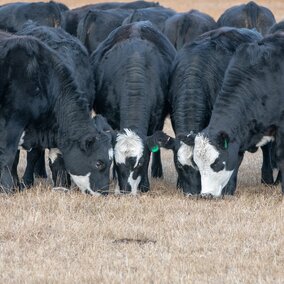
Published: February 1, 2022 | Updated: December 1, 2025
Cow Nutrition Considerations at Calving and Early Lactation
Troy Walz, Nebraska Extension Educator
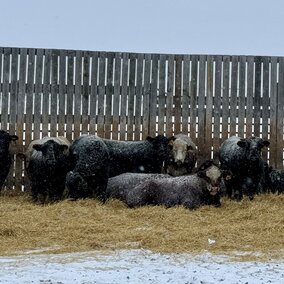
Published: February 25, 2025 | Updated: December 1, 2025
Feedlot Management Strategies to Combat Winter Weather
Jessica L. Sperber, Nebraska Extension Feedlot Specialist

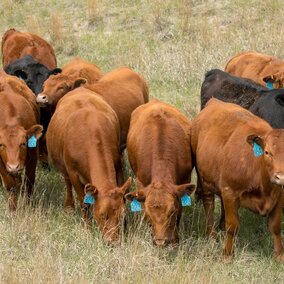
December 1, 2025
What are Beef Replacement Heifer Values for the Coming 2025-2026 Production Season?
Randy Saner, Nebraska Extension Educator; Shannon Sand, Nebraska Extension Educator; Matt Stockton, Nebraska Extension Ag Economics Specialist

Published: October 18, 2021 | Updated: December 1, 2025
Nightshade in Corn Residue- Grazing Could Be Toxic
Jerry Volesky, Extension Range and Forage Specialist

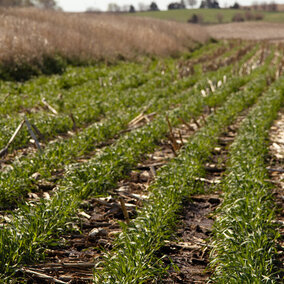
November 12, 2025
Due before Dec. 1- Pasture, Rangeland, Forage (PRF) Insurance as a Risk Management Tool
Shannon Sand, Nebraska Extension Educator
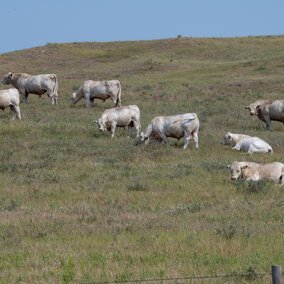
Published: February 1, 2021 | Updated: November 12, 2025
How Valuabull?
Aaron Berger, Nebraska Extension Educator

Published: February 1, 2022 | Updated: November 3, 2025
The Value of Hay as Fertilizer
Aaron Berger, Nebraska Extension Educator

November 1, 2025
Understanding and Mitigating Methane Emissions from Cattle
Galen Erickson, Nebraska Extension Beef Feedlot Specialist; Rick Rasby, Nebraska Extension Specialist; Matt Spangler, Professor and Beef Genetics Extension Specialist; Jessica L. Sperber, Nebraska Extension Feedlot Specialist; Rick Stowell, Extension Specialist, University of Nebraska-Lincoln Biological Systems Engineering; Tami Brown Brandl – UNL Professor of Biological Systems Engineering; Samodha Fernando – UNL Rumen Microbiologist; Paul Kononoff – UNL Dairy Specialist; Kortney Harpestad – UNL Animal Science Extension Program Associate; Keara O’Reilly – UNL Research Professor

Published: February 2, 2020 | Updated: November 1, 2025
Keys for Corn Stalk Grazing
Aaron Berger, Nebraska Extension Educator

November 1, 2025
Successfully Weaned Calves – A Hot Commodity
Karla Wilke, Nebraska Extension Cow/Calf Systems and Stocker Management Specialist

November 1, 2025
Late Fall and Winter Outlook 2025
Eric Hunt - Agricultural Meteorology and Climate Resilience Extension Educator

November 1, 2025
Beyond the Abstract: Does Bale Grazing Make Sense?
Brock Ortner, Nebraska Extension Livestock System Educator; Aaron Berger, Nebraska Extension Educator

November 1, 2025
Sorghum Ergot in Nebraska May Lead to Harvest Challenges

November 1, 2025
The Growing Threat of Tick-Borne Disease in Nebraska Cattle- Anaplasmosis
Brian Vander Ley, DVM Epidemiologist, Great Plains Veterinary Education Center; Bethany Johnston, Nebraska Extension Educator; Matt Hille, DVM, MS, PhD Diagnostic Veterinary Pathologist and Nebraska Extension Specialist

October 20, 2025
Can Beef Cows Graze Corn that Sprouted in a Corn Field?
Rick Rasby, Extension Specialist; Mary Drewnoski, Nebraska Extension Beef Systems Specialist
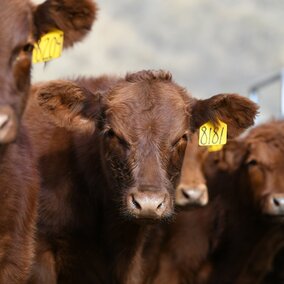
Published: September 23, 2024 | Updated: October 7, 2025
Best Practices for Managing Newly Received Feeder Calves
Jessica L. Sperber, Nebraska Extension Feedlot Specialist
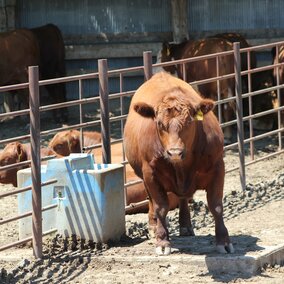
October 3, 2025
Livestock Facility Inspections: Do I need one? If so, what should I expect?
Leslie Johnson, University of Nebraska-Lincoln Animal Manure Management Extension Educator

October 1, 2025
Tax Planning for Cow/Calf Operations: Don’t Let the Snowball Roll Out of Control
Tina Barrett - Executive Director of Nebraska Farm Business Inc.
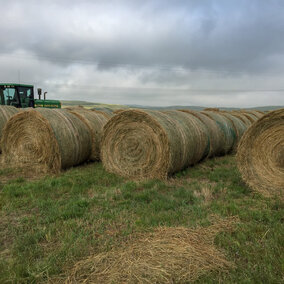
Published: October 30, 2024 | Updated: October 1, 2025
Fall and Winter Management Strategies for the Cow Herd – Sample, Test, Inventory and Stage Harvested Hay
Rick Rasby, Nebraska Extension Specialist; Ben Beckman, Nebraska Extension Educator

Published: September 27, 2024 | Updated: October 1, 2025
Plan Now to Purchase Your Hay Supplies
Randy Saner, Nebraska Extension Educator; T.L. Meyer, Nebraska Extension Educator
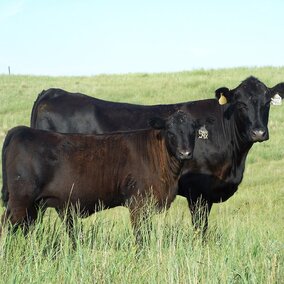
Published: September 1, 2024 | Updated: October 1, 2025
Reviewing Cow-Calf Share and Cash Lease Agreements
Aaron Berger, Nebraska Extension Educator
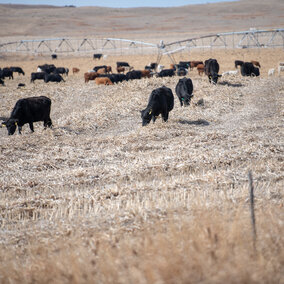
Published: September 15, 2023 | Updated: October 1, 2025
Windrow Grazing Annual Forages to Extend the Grazing Season
Aaron Berger, Nebraska Extension Educator
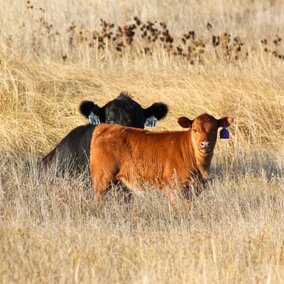
October 1, 2025
What are some Management Tips for Fall-Calving Cows?
Rick Rasby, Extension Specialist; Brent Plugge, Nebraska Extension Educator
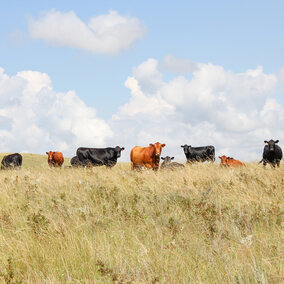
October 1, 2025
Fall Grazing Management: Balancing Forage Use and Recovery
Ben Beckman, Nebraska Extension Educator

October 1, 2025
How Winter Rate of Gain, Implant Strategy, and Housing System Impact Growing Calves
Erin Laborie, Nebraska Extension Educator